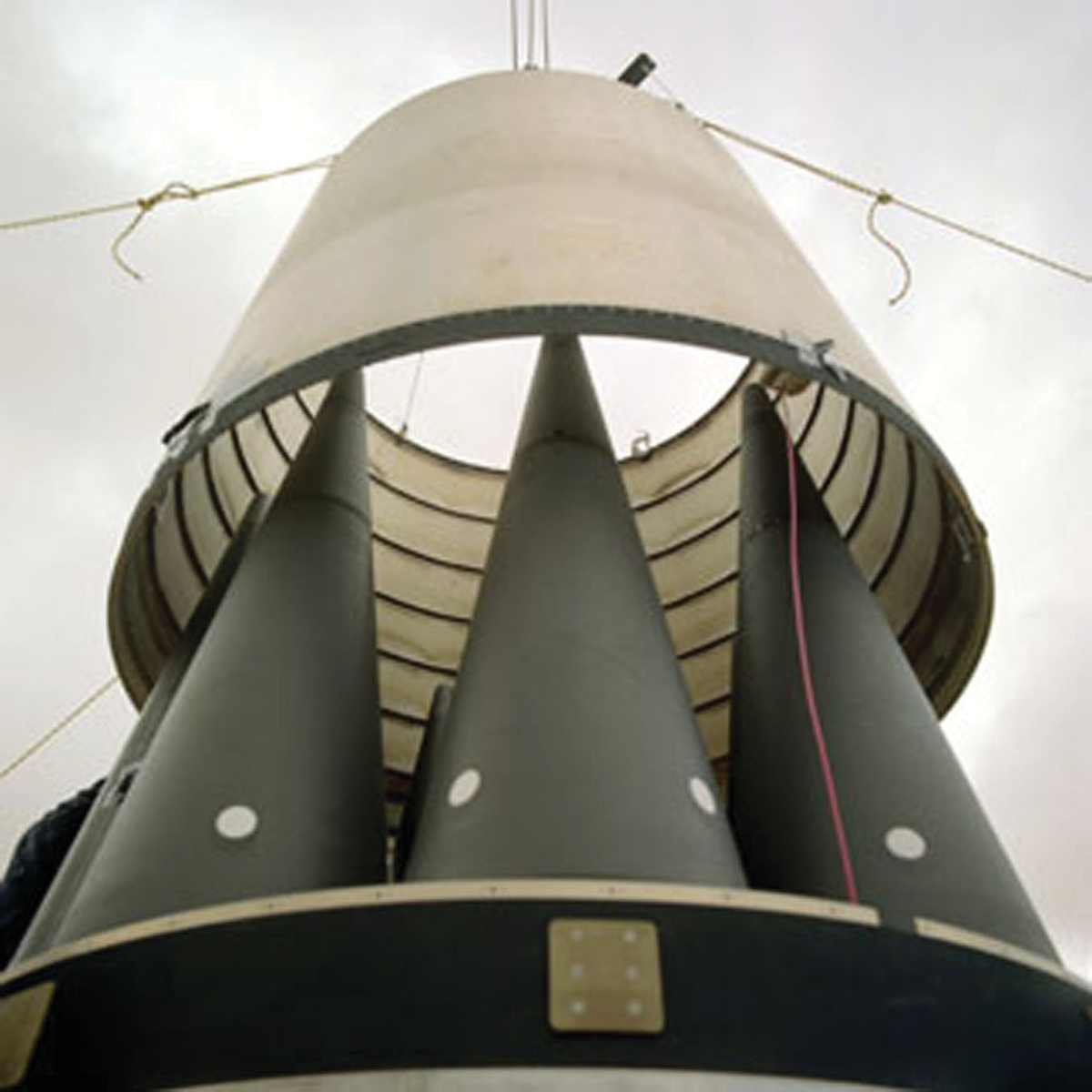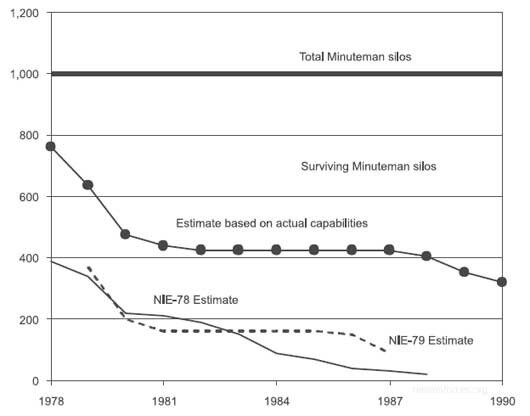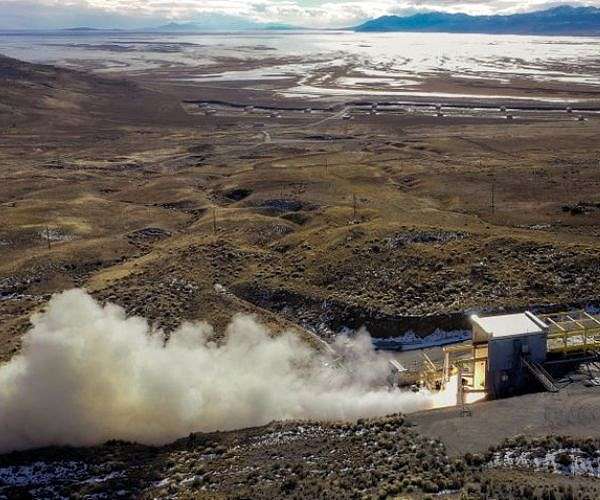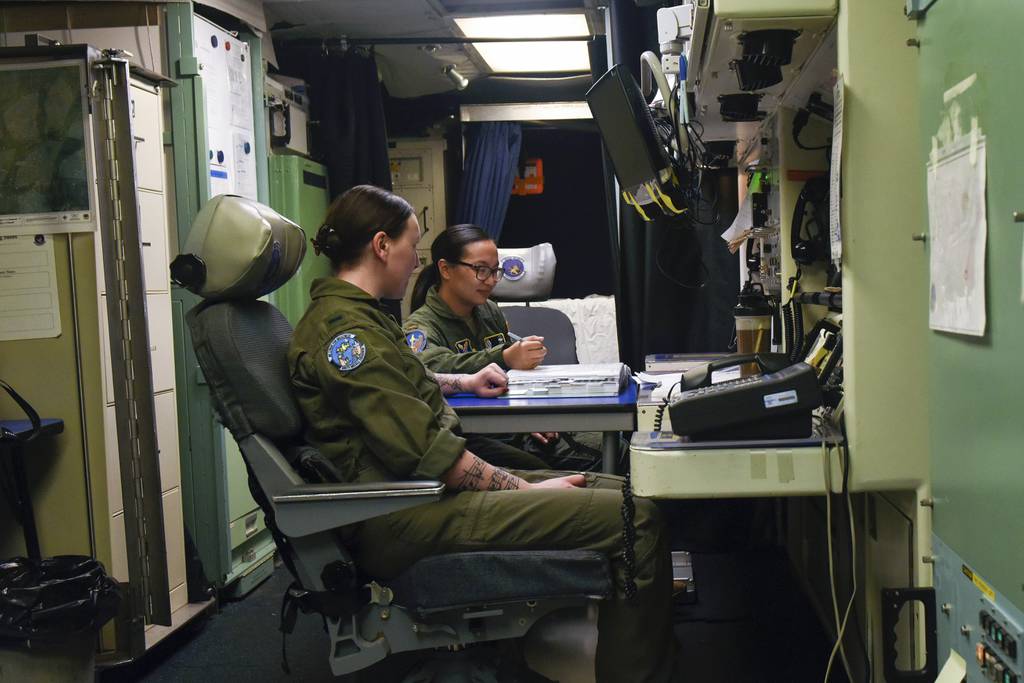Given the performance of Russian weapons in Ukraine since early 2022 that is highly debatable,
How many nuclear weapons has Russia used in Ukraine?
I won't be at all surprised if much of the Russian nuclear-arsenal is unserviceable due to lack of proper maintenance.
I wouldn't be surprised if it were the inverse. The money intended for conventional weapons goes to strategic weapons in Russia, while the money intended for strategic weapons went to the F-35 in America. It would explain all the troubling news about the Minuteman force, at least.
Trident being better than a silo-based missile doesn't make it destabilizing.
No American weapon since Conventional Trident has been destabilizing. Neither has Avangard, a weapon from 1987, been destabilizing. What has been destabilizing is the disconnect between the political class and the military planners in America, I guess.
Conventional matters when you can use conventional means to achieve strategic effects, ie taking out ICBMs/SLBMs.
America would need to be a lot smarter to do this. It would need to deploy things like FB-22 to Poland and Conventional Trident on submarines. I think right now it thinks it can bust LCCs with B61 Mod 11s or something even though this would trigger Perimeter/ERCS launches.
The Russians were more afraid of Small Diameter Bomb (hitting silos) or GBU-28 (hitting LCCs) in practice. It bypasses some of the main sensors for Russian attack detection: seismographs and gamma ray detectors.
Midgetman/Peacekeeper/Minutemen do not matter for Sentinel.
Ah yes, the past 50 years of Air Force planning, training, and cultural experience does not matter for the next five? Okay. Sure.
Sentinel is a clean sheet design to replace Minuteman with better performance.
Yeah, which means it will be, at biggest, "about Minuteman" in size. This calls for a single warhead and penaids, as deployed. Accuracy will likely become improved to near-Peacekeeper levels.
Simple as that. It is none of the previous three but closest to MMIII in design and size.
Then it will be a single warhead. There's only a few hundred W87s, after all, and new production will potentially be delayed (assuming it's actually new production, and the request for new pits wasn't to fund development of weapons like SLCM-N or LRSO). W87-1 will replace the W78s from the Minuteman baggage, but it isn't clear where the W87-0s will go, though presumably they will be converted to -1s.
If Russia has no intentions to target US silos, then why are they fielding a system that works best as a silo-buster?
If you thought about it, it should be obvious, but are you really thinking about it if you can't read two blog posts written by P. Podvig?
Russia has no interest in hitting silos because taking American silos by surprise is literally impossible. They are too far away. The U.S. has a multispectral warning system in high Earth orbit that is incapable of being attacked by ordinary means, its missiles can't be held under threat for longer than 8 minutes, and its rockets require about three minutes at most to launch after seeing the flare.
It's interested in hitting cities because cities don't move, they might evacuate, but they won't move. Neither will their valuable items and properties. Preferably suburbs, highways, and railroads/ports, because they will all be crammed with people and are important for starting firestorms (property destruction), destroying road transportation (food delays), and eliminating heavy freight movement (stranded armored battalions).
Accuracy is good in this regard because it means even fizzles can be lethal to soft urban infrastructure. Just look at what the USN is doing with the W76-2, which is a warhead that is no longer viable as a thermonuclear weapon (lack of fuel or simply degraded pit), but can still be used with a primary. Primaries don't expire, after all, at least not according to the DOE.
Even if Russia hasn't been refueling their weapons with tritium, they will still kill airports and seaports with Nagasaki sized bombs, duh.
SS-18/Sarmat is a waste of resources if its not intended to target MMIII.
It's not a waste of resources if it's meant to kill tens of millions of Americans. Which is what it's meant to do.
Nuclear weapons are for killing tens of millions of people. Civilians, that is, because America doesn't have enough soldiers to target and the soldiers it does have are so far away they won't be there by the time the bombs arrive. You always attack where the enemy's strength is to beat him.
Where is America's strength? 450 missile silos in the middle of the country that will be empty by the time Sarmat's bomb arrive? Or the glittering metropolises of finance, trade, and tens of millions of people that exist on every coast?
Without its missiles, America is a wealthy country. Without its metropolises, America no longer exists.
If nuclear war can be won, it's won by killing the enemy, not blowing up abandoned airbases and empty missile silos.




